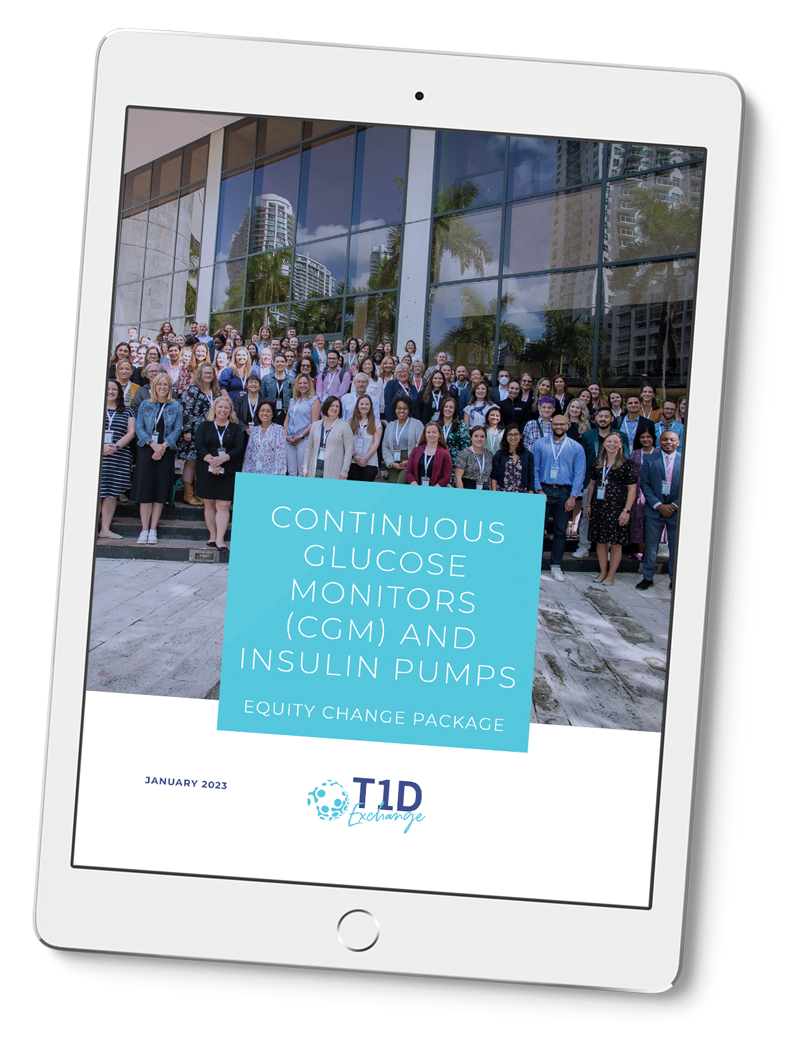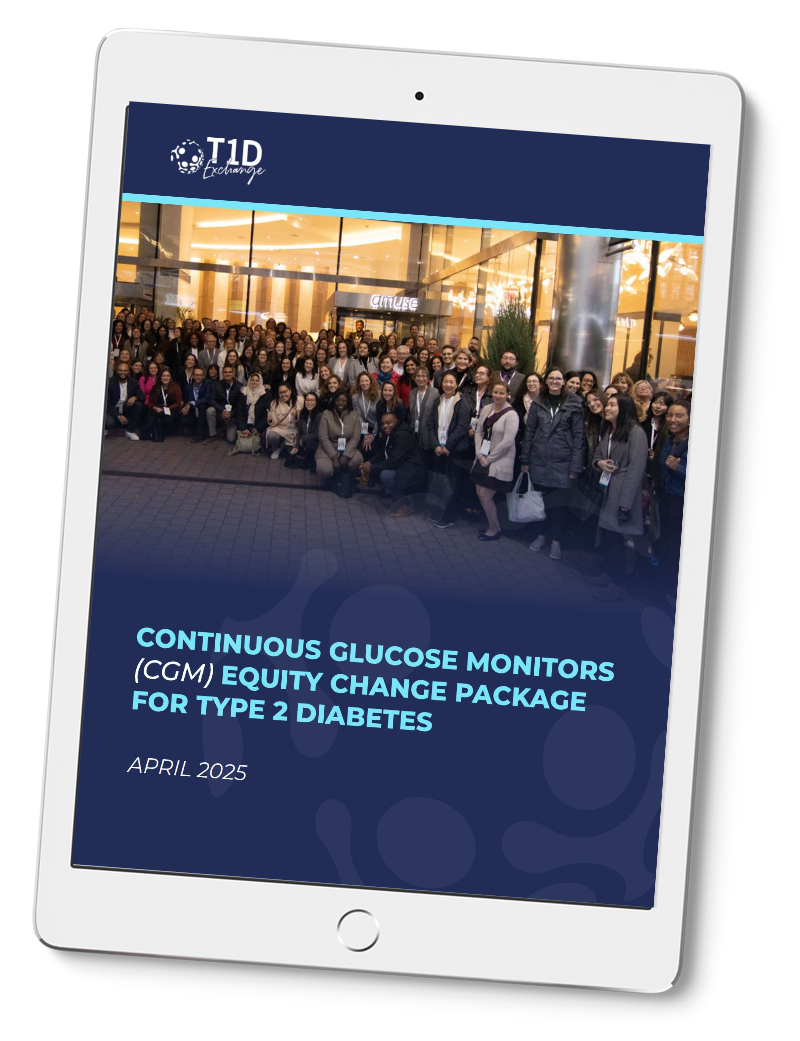A change package is a document that describes the improvement methodology for a clinical or operational process.
It includes a collection of ideas and resources that have a high likelihood of resulting in system improvements. These ideas have either been tested by a Learning Collaborative, sourced from evidence-based research literature, or developed by experts in the field. The change package is intended to be a pragmatic guide of best practices, testable ideas, tools, and strategies that can be adapted to a new setting, thereby accelerating implementation.
Building Quality Improvement Capacity
Looking for the best way to build institutional capacity for effective quality improvement efforts? We’ve compiled a pragmatic guide of best practices, tools, and strategies based on the IHI Breakthrough Series Model.
The T1D Exchange Quality Improvement Collaborative (T1DX-QI) has pooled its resources and experience with the goal of creating resources that will help clinics move and build their resources for quality improvement models.
Download this resource to access the effective approaches pioneered and implemented by the T1DX-QI.
Learn more about:
- The key driver diagram model
- Project interventions and lessons learned
- Results of efforts
- Key clinical contacts
Access to Clinical Care
The Access to Care Change Package represents shared learning from seven clinical centers participating in the T1D Exchange Quality Improvement Collaborative (T1DX-QI). This document aims to give a strong framework for successfully implementing the elements described to reliably implement interventions targeting access to care in a variety of clinical practice environments.
This document should be used by teams who are seeking ideas for changes to test for improvement efforts. It is best used in combination with other tools, including skills and experience with quality improvement methodology.
Depression Screening
The T1D Exchange Quality Improvement Collaborative (T1DX-QI) has joined together and created this pragmatic guide of best practices, testable ideas, tools, and strategies to support improvements in depression screening. The Depression Screening Change Package is grounded in a strong framework of QI methodology and reflects the shared learning of seven clinical sites across the US.
As all diabetes care teams know, depression contributes significantly to suboptimal health outcomes. Indeed, the well-being of people with type 1 diabetes extends beyond blood sugars, HbA1c, and absence of diabetic ketoacidosis events. The mental toll of living with disease — sometimes exacerbated by the minute-to-minute blood glucose scrutiny afforded by a plethora of new devices — leaves many providers wanting to do much more.
Download this resource to access successful interventions and processes implemented by the T1DX-QI.
Learn more about:
- The key driver diagram model
- Project interventions and lessons learned
- Comprehensive depression screening tools and algorithms
- Results of efforts
- Key clinical contacts
Continuous Glucose Monitors and Insulin Pumps Equity
Seeking ideas for changes to improve the equitable use of continuous glucose monitors (CGM) and Insulin pumps? Outlined here are change ideas that have been tested by T1DX-QI clinics with significant improvement. Changes can be quickly tested using the T1DX-QI Equity Framework and the IHI Model for Improvement rapid Plan Do, Study Act cycles.
This resource is best used in combination with relevant skills by clinicians, hospital administrators, and other healthcare stakeholders who seek ideas for changes to improve equitable access to diabetes technology.
Download this resource to access successful interventions and processes implemented by the T1DX-QI.
Learn more about:
- The key driver diagram model
- T1DX-QI 10-Step Equity Framework
- Fishbone and contributing factors to diabetes device inequities
- Project interventions and lessons learned
- Center-Level Results of efforts
- T1DX-QI Clinic Profile
Continuous Glucose Monitors (CGM) Equity Change Package for Type 2 Diabetes
Seeking ideas for changes to improve the equitable use of continuous glucose monitors (CGM) and Insulin pumps for Type 2 Diabetes? Outlined here are change ideas that have been tested by T1DX-QI clinics with significant improvement. Changes can be quickly tested using the T1DX-QI Equity Framework and the IHI Model for Improvement rapid Plan Do, Study Act cycles.
This resource is best used in combination with relevant skills by clinicians, hospital administrators, and other healthcare stakeholders who seek ideas for changes to improve equitable access to diabetes technology.
Download this resource to access successful interventions and processes implemented by the T1DX-QI.
Learn more about:
- The key driver diagram model
- T1DX-QI 10-Step Equity Framework
- Fishbone and contributing factors to diabetes device inequities
- Project interventions and lessons learned
- Center-Level Results of efforts
- T1DX-QI Clinic Profile





